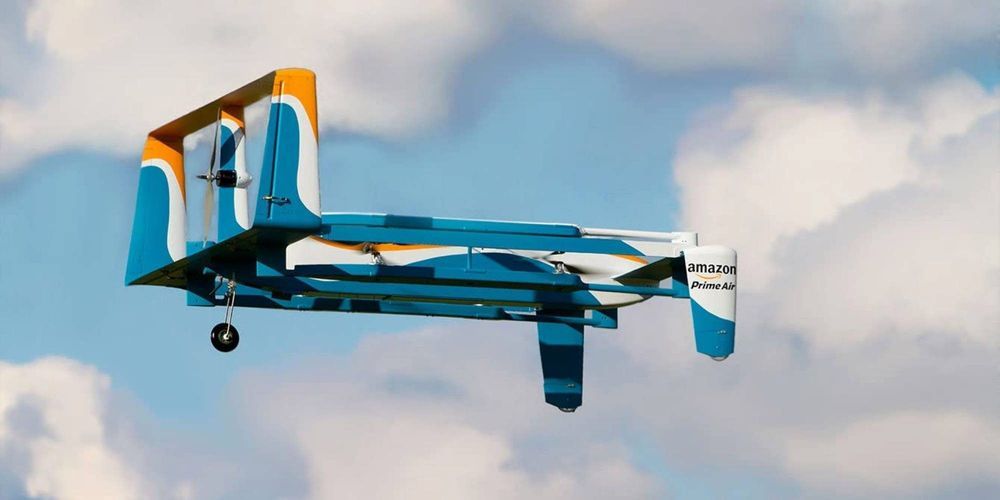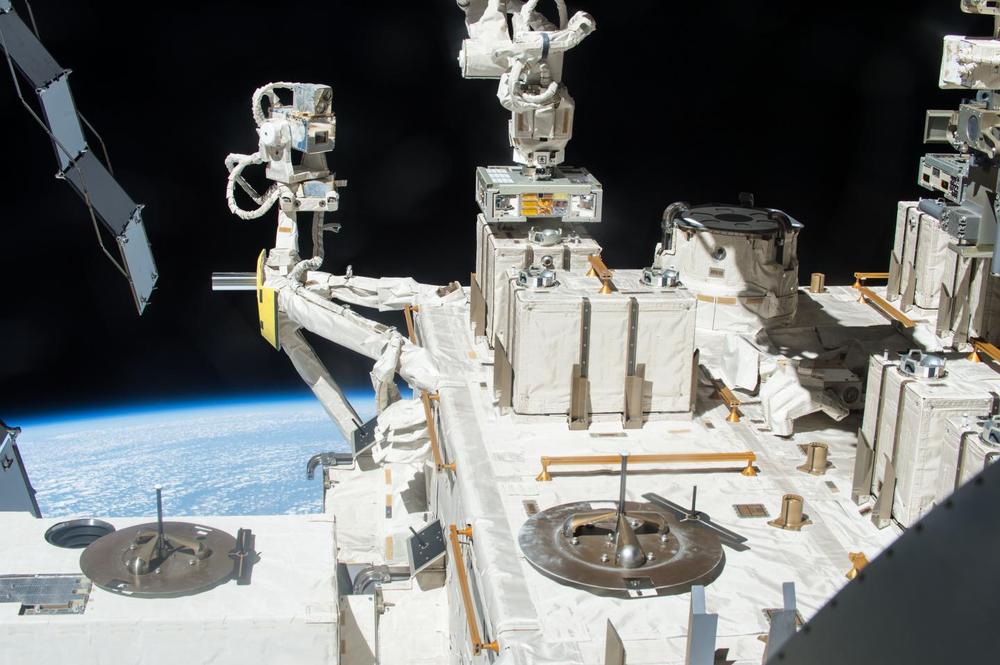Aug 26, 2020
Elon Musk to reveal mysterious chip that could stream music to your brain
Posted by Genevieve Klien in categories: Elon Musk, media & arts, robotics/AI
He claims that humans risk being overtaken by AI within the next five years, and that AI could eventually view us in the same way we currently view house pets.
“I don’t love the idea of being a house cat, but what’s the solution?” he said in 2016, just months before he founded Neuralink. “I think one of the solutions that seems maybe the best is to add an AI layer.”


















